How to Propagate Roses Like A Pro: 5 Expert Methods Every Gardener Should Know
Discover the best ways to grow new rose plants with these expert methods, which make propagation easy for beginners – plus options to take it to the next level.
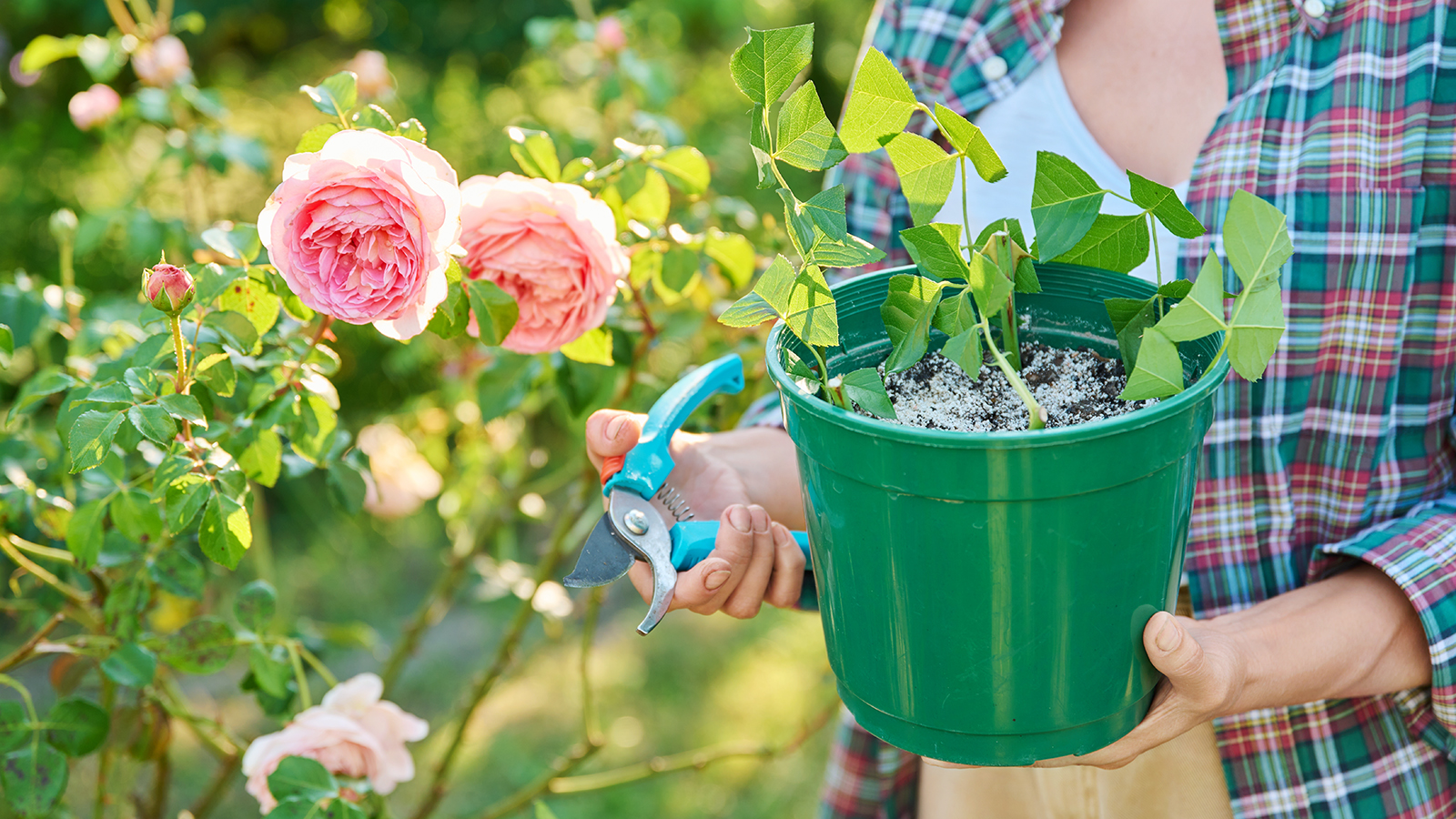

There are many ways to propagate roses, from taking cuttings to layering and grafting, or even growing from seed. There is no definitive method – each has its pros and cons. Try the different options to find one that works best for you and your garden.
Propagation is a key aspect of learning how to grow roses and will enable you to enjoy these beautiful and classic centerpieces of the garden for many years. It's also a great way to share favorite plants as gifts or to trade varieties with fellow gardeners.
Here, we delve into the five most common rose propagation methods and discuss the best option for your goals and the time of year.
1. Propagating Roses from Cuttings
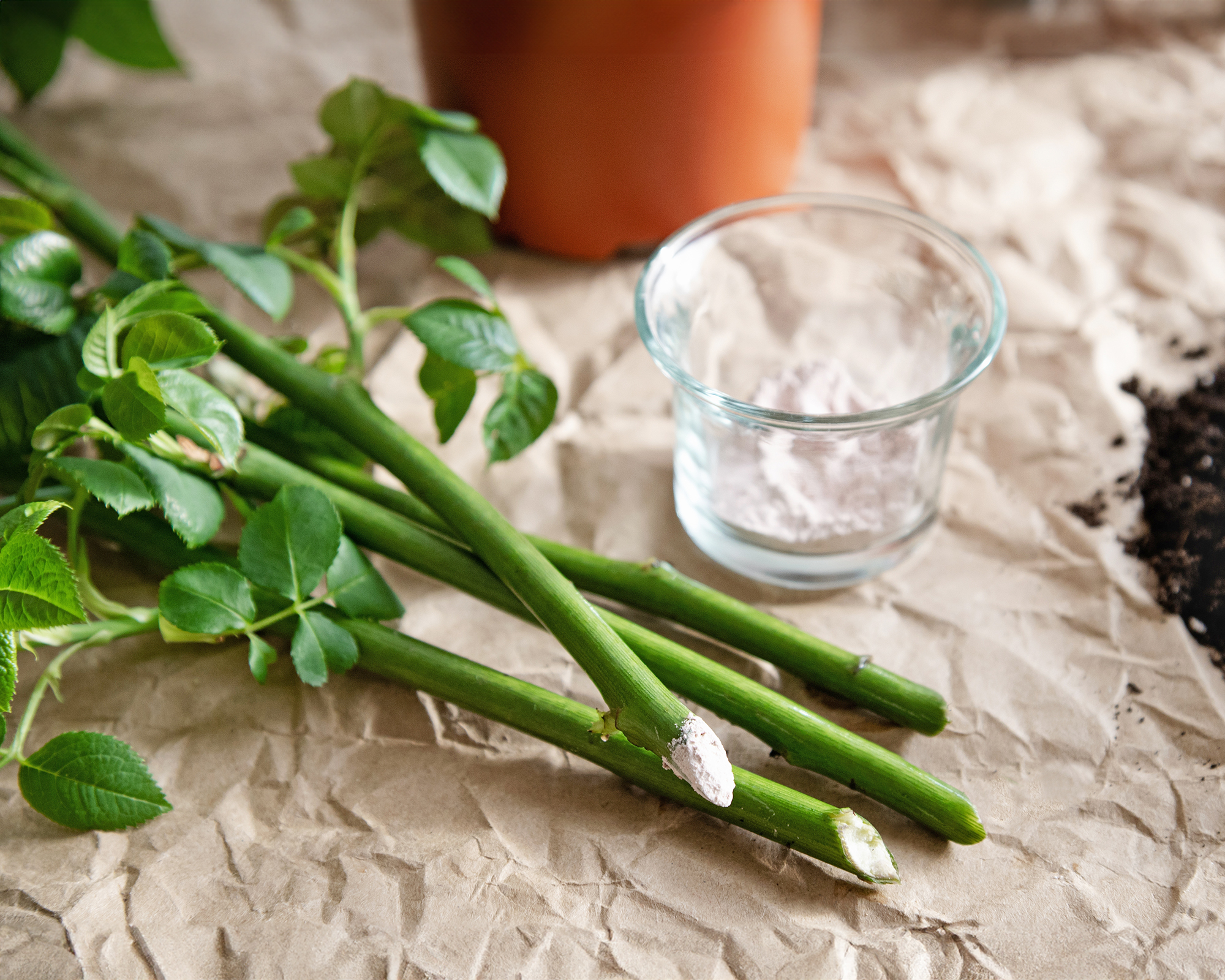
Growing roses from cuttings is the easiest propagation method for most gardeners. It takes time and patience, but not a lot of skill. You can take softwood cuttings of fresh, green growth in spring or semi-hardwood cuttings later in the season. Softwood cuttings are easy to take and root readily. However, they are more finicky and more prone to injury or damage. Semi-hardwood cuttings will take longer to root, but with patience, they are less likely to get damaged.
Each cutting should be 6 to 8 inches (15 to 20cm) in length. Use sharp, clean pruners to minimize the risk of disease. Fiskars' bypass pruners, available on Amazon, are perfect for the task, as the bypass action is less likely to cause stem damage.
Rooting is best done in soil or potting mix. Remove any foliage from the bottom 2 to 3 inches (5 to 7.5cm) and push the cutting into the moist soil. Your cuttings should root within a few weeks, but you might want to wait until the following spring to plant them outside. This means being patient, but it gives the rose a better chance of surviving outdoors.
While not essential, dipping the cuttings in rooting hormone before potting them can increase the chances of success. Garden Safe's TakeRoot rooting hormone, available at Amazon, contains 3-butyric acid, which mimics plants' natural root hormone.
Sign up for the Gardening Know How newsletter today and receive a free copy of our e-book "How to Grow Delicious Tomatoes".
If you don't have any potting soil to hand, then rooting roses in water will work, but it is less reliable and takes more time. Refresh the water every three to five days, and pot up cuttings once the roots are 2 to 4 inches (5 to 10cm) long.
2. Layering Roses
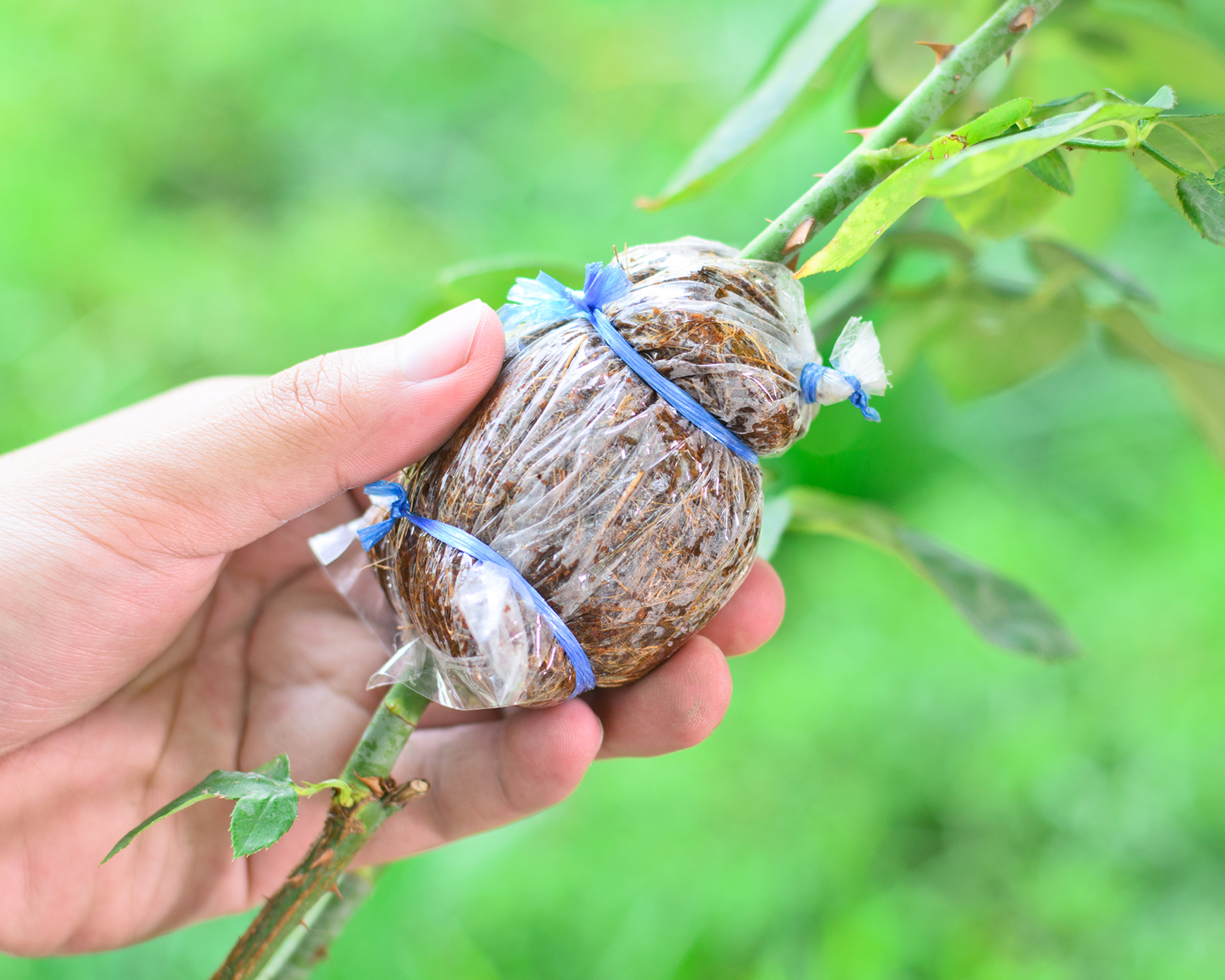
Plant layering is a propagation technique that requires a bit more skill than taking cuttings, but it’s not too difficult. To do it, find a long, flexible cane that you can easily bend down to the ground. Lightly scrape or cut the part of the cane that will make contact with the ground and apply a rooting hormone to it.
Bury the scraped or cut portion of the stem under the soil to a depth of about one to three inches (2.5 to 7.5cm). Keep it well watered throughout the summer, and it will begin to root. You might need to put something with weight on top of the buried cane to hold it down.
It’s best to leave the offshoot attached to the parent until the following spring. You can then sever the cane, and you have a new plant.
Air layering is another way to achieve the same means and involves enclosing the stem with soil in mid-air, without bending it down. This MIIIM air layering propagation kit from Amazon contains 10 pods that are simply clipped around the rose stems while filled with moist soil or sphagnum moss. You need to peel the outer layer of the stem section first.
3. Propagation by Division
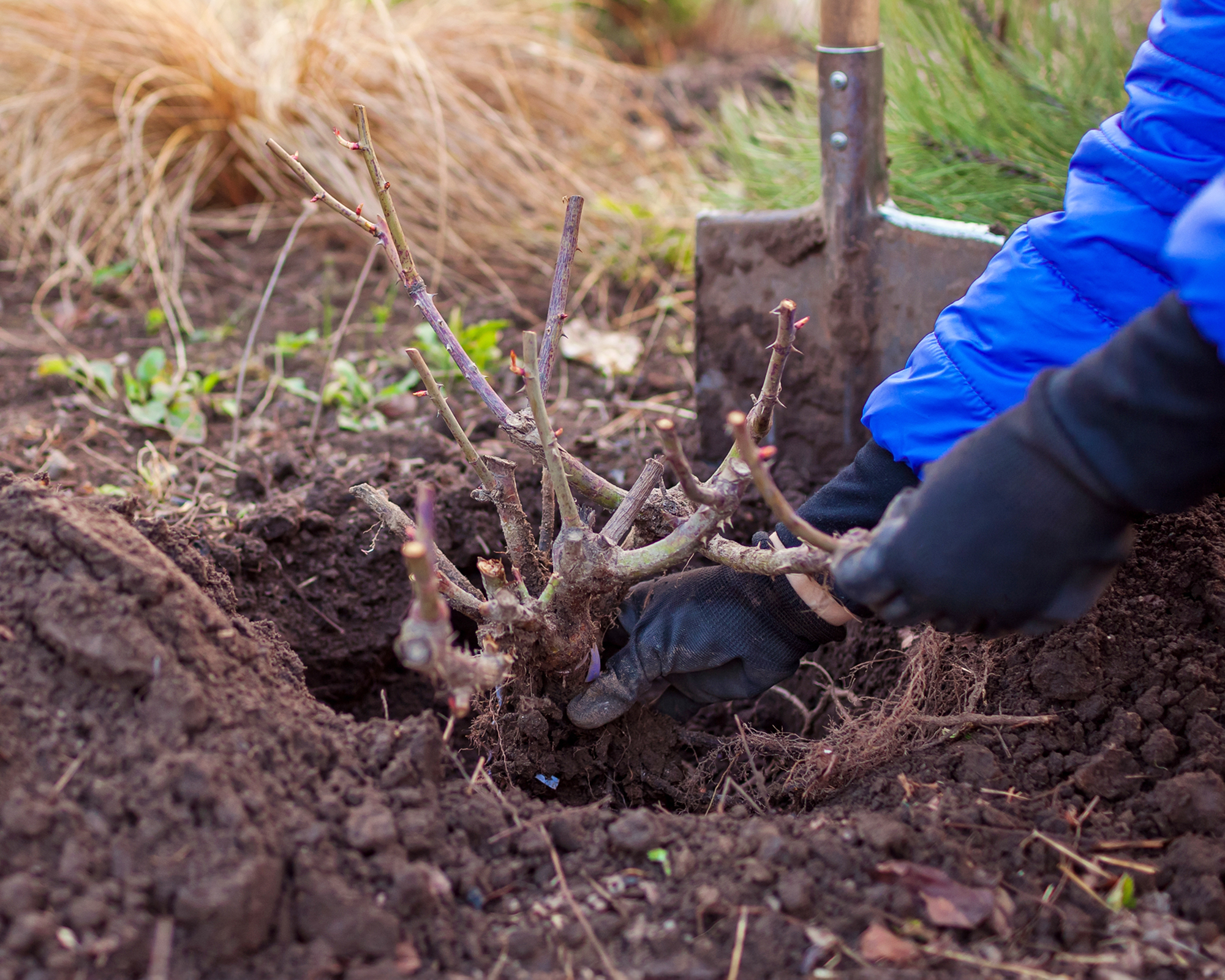
Propagating through division is another straightforward and fairly easy method for most gardeners. It is not commonly used for roses, but can be used successfully for varieties that sucker or grow on their own roots, rather than grafted roses. One downside to division is that it requires some physical strength to dig deep enough into the soil to remove a division and its roots. If you are unable to do this, cuttings will be easier.
The best time to divide a rose is in early spring while it is still dormant. You’ll dig between the main plant and an offshoot, severing the roots between the two. The division you take should have at least one strong, healthy root. Transplant it to its new location right away.
4. Rose Seed Planting
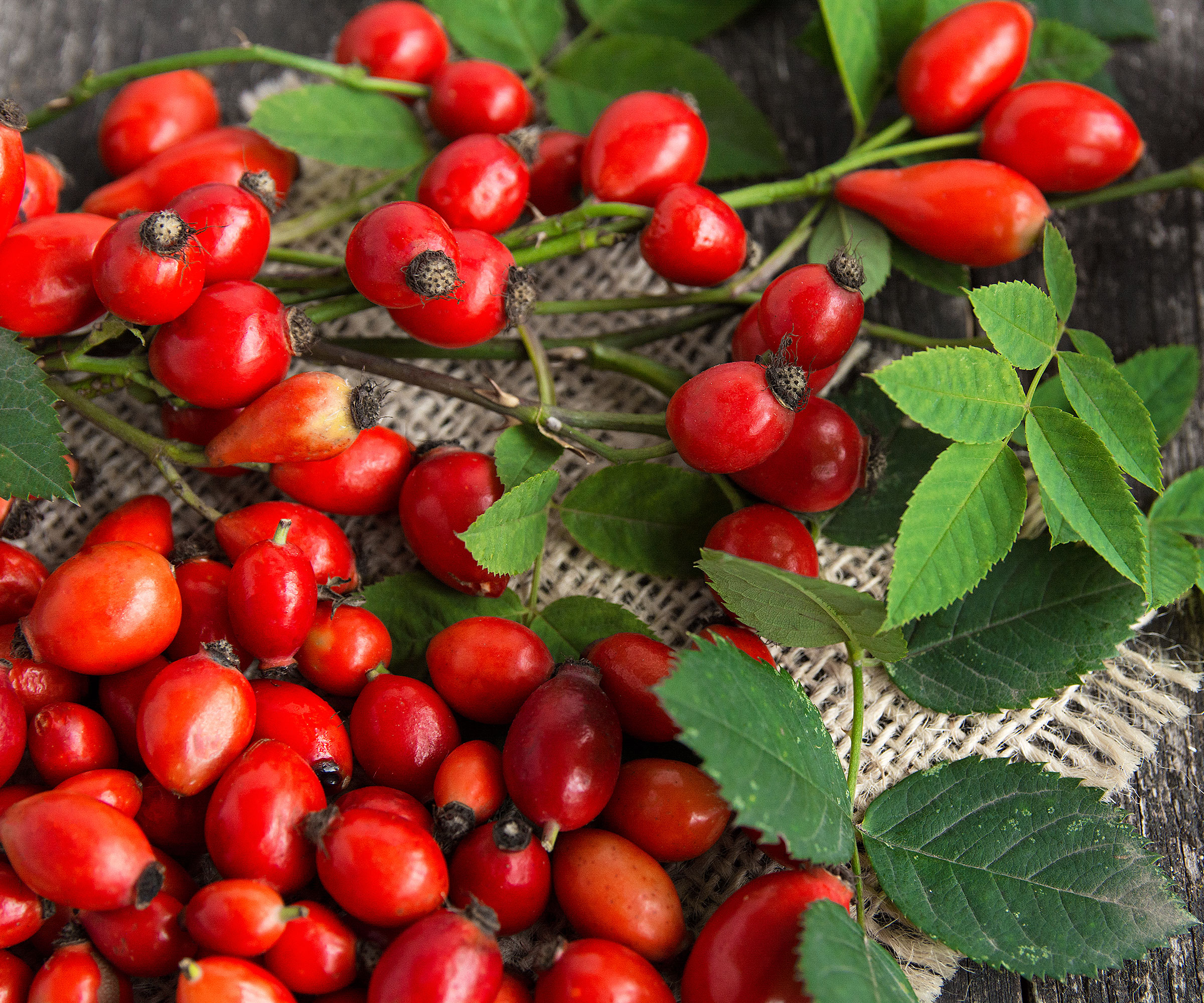
It’s possible to grow roses from seed, but keep in mind that you won’t get exactly the same plant. Seed propagation is sexual reproduction, so it will not produce a clone of the parent plant. This method can also be more difficult. It requires more skill and a lot more patience, as it takes two to three years to grow a mature rose bush from a seed.
One of the difficulties of planting rose seeds is stratification. They must be planted in soil and exposed to cold temperatures (about 40°F or 4°C) for two or three months. This process can be simulated with a refrigerator.
Some types of roses need exposure to warmer temperatures before the cold stratification. After cold exposure, seeds can be placed in a warm spot to germinate and grow. If you don’t get this process right, the seeds won’t germinate.
Another challenge is that not all varieties reliably produce rose hips. If yours do, you can collect seeds from them. Collect the hips and cut them open to remove the seeds. Rinse them to remove the pulp. Let the seeds dry for storage, or begin the stratification and germination process right away.
5. Rose Grafting
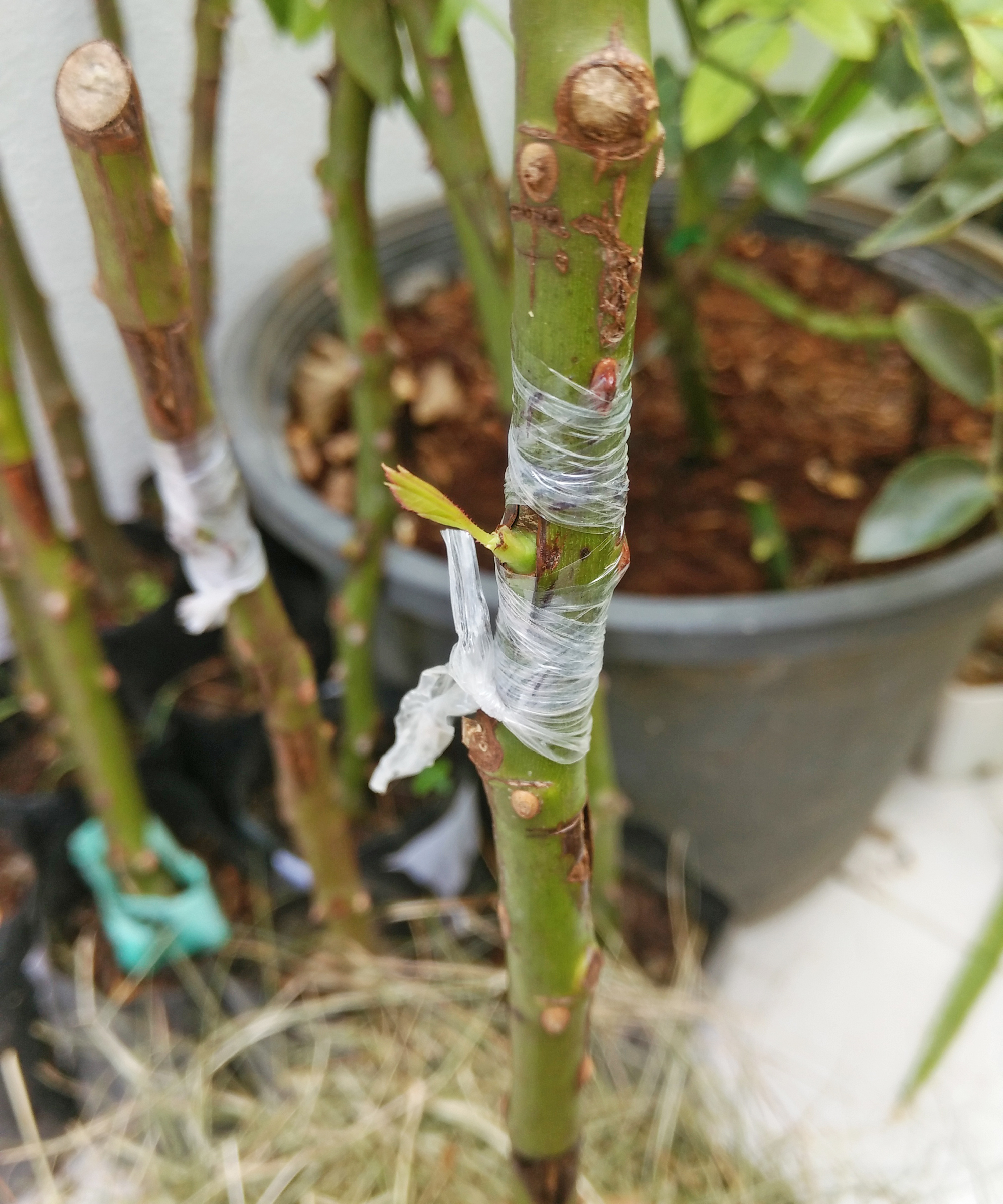
Grafting roses is a method of propagation that involves joining a piece of the rose you want to propagate (called the scion) with rootstock from another rose. This method requires many steps and a lot of skill. It is not recommended for most home gardeners.
If you want to learn how to graft, it’s best to learn directly from a master gardener. Your local extension office may offer courses in rose growing that include grafting. You can try grafting on your own, but be aware that your early efforts might not be successful.
You'll need some equipment to get started, such as a grafting knife and tape, which can be found in this Treekote grafting kit from Amazon.
How to Choose the Best Propagation Method
Rose propagation methods range from easy for beginners to advanced and difficult:
- For beginners, cuttings and divisions are the easiest and most reliable ways to propagate a favorite rose bush.
- If you’re interested in experimenting with new cultivars, try collecting seeds and see what you get. Though you'll need to be patient.
- If you’re looking for a quick fix, division is best, but not suitable for all roses.
- To explore more expert techniques, try layering and grafting.
Best Time to Propagate Roses
The best time for propagating roses depends on the method:
- For softwood cuttings, late spring or early summer is best.
- Take semi-hardwood cuttings in late summer or early fall.
- If you’re starting a rose from seed, you can do it any time of year indoors, but plant out in spring after the last frost.
- Spring is a good time to try layering.
- Divide and transplant roses while still dormant in late winter or early spring.
- Graft roses when they are producing sap and actively growing in midsummer.
Even if you know how to propagate roses, there is one time when you shouldn’t do it. Some cultivars are patented for 20 years. It is illegal to cultivate these by asexual means during this patent period. If you plan to share these varieties, then check that your rose isn’t under patent before propagating.
How Long Does it Take?
The time it takes to propagate roses depends on the method used:
- Division is the fastest way to get a new rose bush from a favorite in your garden. You can divide the offshoot and immediately plant it in a new area.
- Both layering and cuttings take about a year to get good results.
- Seed propagation can result in quick roots, but you won’t get a mature shrub for a few years.
- Grafting takes a lot of time initially, but once done, it will result in a mature shrub in a year or less.

Mary Ellen Ellis has been gardening for over 20 years. With degrees in Chemistry and Biology, Mary Ellen's specialties are flowers, native plants, and herbs.